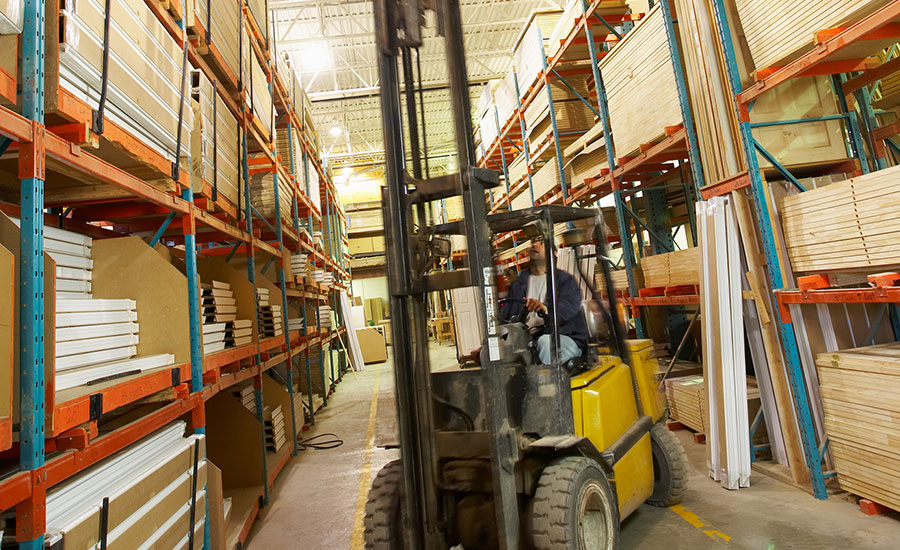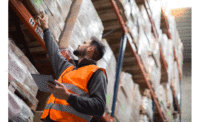Whether you shop in a brick-and-mortar store or online, the goods you purchase spent some time in one of 7,000 warehouses in the U.S. before making their way into your home. More than 145,000 people work in those warehouses – some in a seasonal capacity. There, they are subject to an injury rate that is higher than the national average for all industries.
That’s according to OSHA, which identifies the unsafe use of forklifts as one of the major potential hazards for workers in warehousing. About 100 employees are killed and 95,000 injured every year while operating forklifts in all industries. Forklift turnovers account for a significant percentage of these fatalities.
Making forklift use safer:
- Train, evaluate and certify all operators to ensure that they can operate forklifts safely;
- Do not allow anyone under 18 years old to operate a forklift;
- Properly maintain haulage equipment, including tires;
- Before using a forklift, examine it for hazardous conditions which would make it unsafe to operate;
- Follow safe procedures for picking up, putting down and stacking loads;
- Drive safely, never exceeding 5 mph and slow down in congested areas or those with slippery surfaces and on docks and dock plates
- Ensure that the operator wears a seatbelt installed by the manufacturer;
- Never drive up to a person standing in front of a fixed object such as a wall or stacked materials;
- Prohibit stunt driving and horseplay;
- Do not handle loads that are heavier than the weight capacity of the forklift;
- Remove unsafe or defective trucks from service until the defect is properly repaired;
- Maintain sufficiently safe clearances for aisles and at loading docks or passages where forklifts are used;
- Ensure adequate ventilation either by opened doors/windows or using a ventilation system to provide enough fresh air to keep concentrations of noxious gases from engine exhaust below acceptable limits;
- Provide covers and/or guardrails to protect workers from the hazards of open pits, tanks, vats and ditches;
- Train employees on the hazards associated with the combustion byproducts of forklift operation, such as carbon monoxide.


